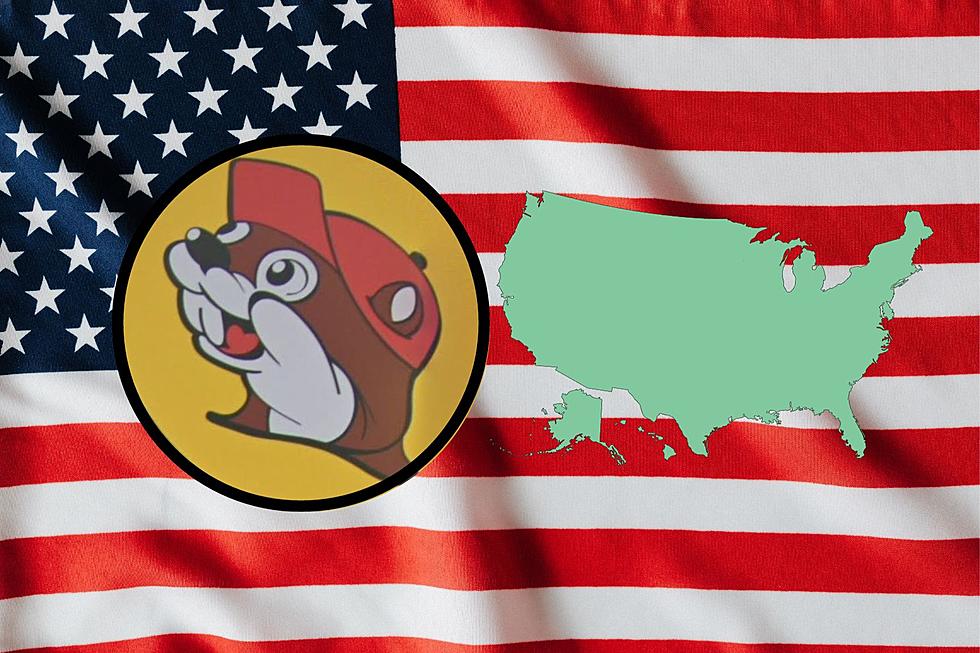The Evolution of the United States Flag
In honor of Flag Day, June 14, here's a look at the evolution of the United States Flag.
In about four minutes, you'll quickly learn the original design for the flag, and see how it evolved as our country grew from 1777 to our current flag today.
When the flag was adopted it began with 13 red and white stripes to represent the first states of the nation. They also placed 13 stars to represent the same.
As two more states were added, they added stripes and stars. When five more states were added, the number of stripes were becoming too many. That's why in 1818, the Flag Act was passed. This would keep the number of stripes at 13 represent the original 13 colonies that formed the USA, but would continue to add stars to the flag as new states joined the Union.
This brought the total stars to 20. As additional states joined stars were added. Another part of the Flag Act declared that stars wouldn't officially be added to the flag until the following Independence Day, July 4, which is still in effect today.
The flag continued to grow from to 20 to 21, then 23. States were added over time, including Texas as the 28th state, up to 34 stars as the country entered the Civil War. Stars were kept through the conflict. During that time Virginia split into two states, adding West Virginia to the star count at 36.
As expansion continued in the West, more and more stars were added as the number of stars reached 48 in 1912, the pattern that knew today was made official by the U.S. Government. Before this, people patterned the stars in an fashion they chose.
Alaska later added the 49th star in 1959, followed by Hawaii as the 50th star in 1960.
More From Mix 93.1









